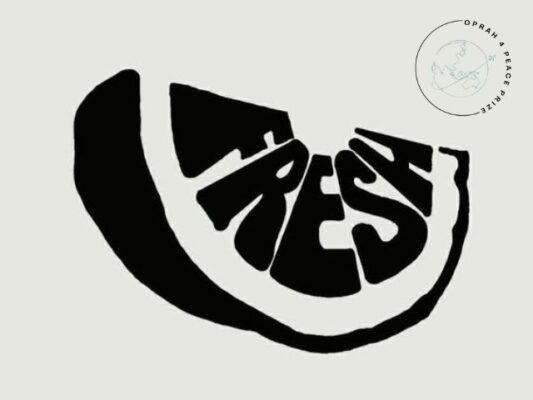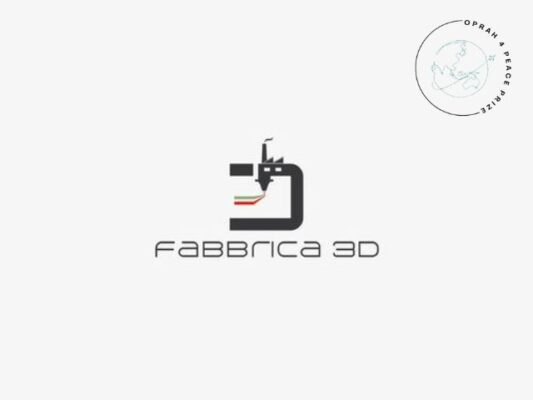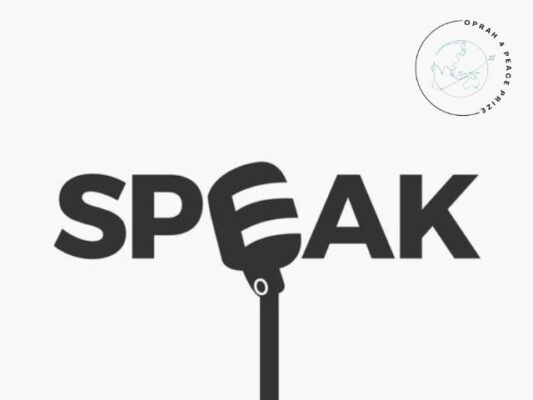Welcome to the world of logo design! In this article, we’ll take you through the Design a Logo Creative Step-By-Step. Designing a logo is not just about aesthetics; it’s about capturing the essence of a brand in a single, memorable symbol. Whether you’re a seasoned designer or new to the field, this guide will equip you with the tools and knowledge to create logos that leave a lasting impression. Let’s explore the art of logo design together.
Contents
Why You Need a Logo
Regardless of its modest size, a logo holds significant weight in marketing your business to the world. It serves as a visual embodiment of your brand’s distinct mission, setting it apart from competitors within your industry. By acting as a visual reference point, your logo establishes a connection with both new and potential customers, fostering engagement, loyalty, and growth both online and offline.

Some common uses for your logo
Online
Website headers, favicons, email signatures, presentations, invoices, landing pages, web browsers, online advertising, and concept icons (computer, online icons), recruitment and job posting ads.
Printed materials
Business cards, branded merchandise, stickers, packaging, posters, billboards, magazines, and brochures.

Social media
Profile pictures, cover photos, watermarks, social media posts and videos, ads.
How to Design a Logo
Define Your Brand Identity
While your logo is indeed essential, it’s just one component of your brand identity, which encompasses your website, written content, and marketing materials. Your brand identity essentially represents the unique voice and visual appearance of your brand used to convey its mission to the world. Therefore, your logo should align with your brand’s persona and reflect its core values.
Seek Inspiration
Exploring the world around you for inspiration is crucial. Pay close attention to well-designed logos and conduct thorough online research to identify relevant trends. Creating a mind map or mood board can help brainstorm ideas, while seeking input from colleagues and friends can provide valuable perspectives.

Determine Logo Style
Consider the elements of your brand identity and the inspiration you’ve gathered to determine the stylistic direction of your logo. Decide whether your brand exudes a classic, minimalist, hip, or other style, and ensure consistency throughout the design process to maintain brand coherence.

Choose a Type
Select the type of logo that best aligns with your brand identity. Options include a wordmark, letterform, logo symbol, abstract logo, emblem, combination, or dynamic logo. Each type has its own unique characteristics and impact on brand recognition, so choose wisely based on your brand’s essence.
Decide on a Color Scheme
Colors possess the ability to evoke emotion and significantly impact brand recognition. Therefore, carefully choose a color scheme that aligns with your brand’s message and values. Consider the psychological effects of different colors and decide between black and white logos, monochrome logos, or color combination logos, ensuring consistency with your brand identity.

Choosing a right Font
Selecting an appropriate font is crucial in complementing your logo design and amplifying its personality. Choose from serif, sans-serif, script, or stylized typefaces, considering factors such as readability and alignment with your brand identity.
Outline a Logo Shape
Integrate shapes into your logo design to enhance perception and brand recognition. Consider utilizing geometric shapes, organic shapes, or abstract shapes, ensuring they align with your brand identity and effectively convey your message to your target audience.
By meticulously following these steps, you can design a logo that not only effectively communicates your brand’s mission but also resonates deeply with your target audience, thereby fostering long-term engagement and loyalty.
Conclusion
In conclusion, a well-designed logo is a cornerstone of effective branding, serving as a powerful tool to communicate a brand’s mission, values, and identity to the world. Through careful consideration of elements such as typography, color, shape, and composition, businesses can craft logos that resonate with their target audience, foster engagement, and ultimately drive success both online and offline.
However, it’s essential to remember that while a logo is an integral aspect of branding, it’s just one component of a broader brand identity. Success in branding relies on consistency across all touchpoints, including websites, marketing materials, and customer interactions. Therefore, businesses should view logo design as part of a comprehensive branding strategy, ensuring alignment with overall brand messaging and objectives.
By understanding the importance of a logo within the broader context of branding, businesses can harness its power to effectively communicate their unique identity and leave a lasting impression on customers. With creativity, strategic thinking, and a focus on brand cohesion, businesses can leverage their logos to build strong connections with their audience and drive sustainable growth in the competitive marketplace.
Related Post
17 Modern Scrips Fonts for Wedding Invitations
16+ Creative Handwriting Fonts Unique
Get Improve Drawing: 9 Quick Tips

